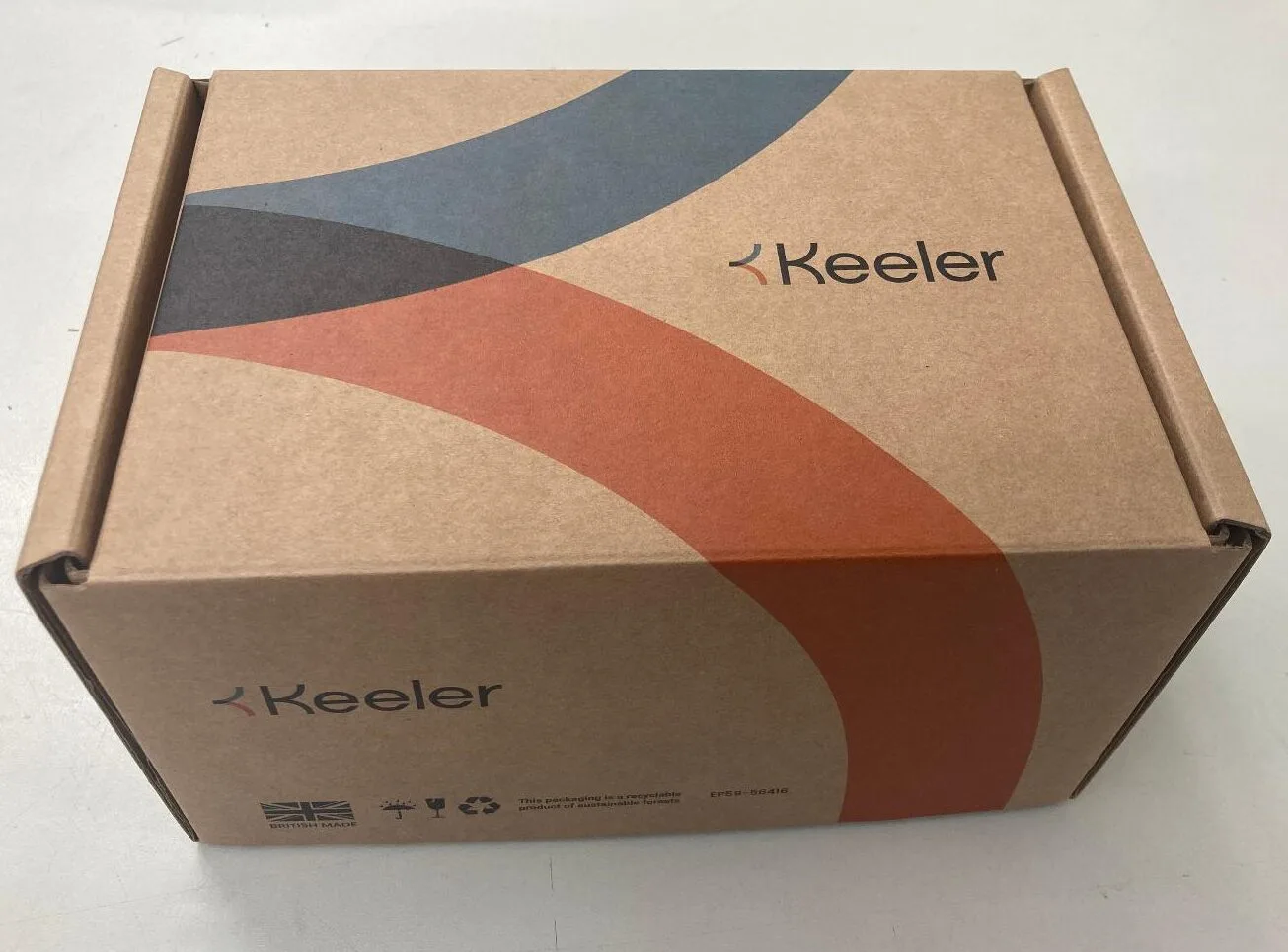
Taking a Deeper Look at Tonometer Reading Values

Tonometer reading values are vital optometric measurements used to in the diagnosis, treatment, and management of glaucoma. Specifically, you’ll use tonometer reading values to determine which patients you will treat, and you’ll use these measurements to determine the effectiveness of your treatment. Let’s take a closer look at tonometer reading values and the instruments utilized to produce these critical figures.
What Do Tonometer Reading Values Mean?
Tonometers measure the internal eye pressure (IOP) of the eye and remains one of the most principle tests for glaucoma. According to the Glaucoma Research Foundation, the normal pressure range for an average person should be anywhere from 12 up to 22 mm HG. All tonometer reading values are reported in mmHG, which means millimeters of mercury. These are the units used to document your patient’s eye pressure.
If your patient’s tonometer reading value comes back with a reading over 20 mm HG, they may have pre glaucoma or glaucoma. However, this isn’t always the case. Your patient’s test results can show higher pressure if they have blood vessel problems, an eye injury, inflammation, or other eye issues. High eye pressure alone doesn’t cause glaucoma. However, it is a major risk factor.
Elevated Intraocular Eye Pressure & Glaucoma Suspect
Those with elevated IOP may be referred to as glaucoma suspect because of the valid concern their heightened eye pressure may cause glaucoma. This term is also used to explain patients who may have other findings that can — the future or now — indicate glaucoma. For instance, if your patient has glaucoma in their family history and a suspicious optic nerve, it could put them in the category of a glaucoma suspect.
Glaucoma can cause vision loss whenever the eye’s pressure is too high and results in damage to the optic nerve. Once this damage happens, it can’t be reversed. In most instances, it’s the peripheral side vision is affected first. Unfortunately, the changes in vision are so gradual most people do not notice it until a substantial amount of vision loss has occurred.
If the patient’s glaucoma isn’t treated in time, their central vision will be decreased until it is lost, which is how visual impairment from glaucoma is noticed most often. The silver lining is glaucoma can be managed with early detection. With surgical treatment and/or medical treatment, most people who suffer from glaucoma will not lose their sight.
Different Methods of Collecting Tonometer Reading Values
Goldmann Applanation Devices
The most common way to test for glaucoma is with the Goldmann Applanation tonometry test, which involves measuring IOP from the pressure required to flatten an area of the cornea. For several decades, this test has been considered the international gold standard for measuring IOP and assessing tonometer reading values. Keeler Ophthalmic Instruments offers a range of reliable and accurate tonometers that operate according to the Goldmann method.
Collecting Tonometer Reading Values with Pneumotonometry
While the Goldmann applanation method requires contact, pneumotonometry involves applying a forceful and quick puff of air to the patient’s eye to provide tonometer reading values. If the patient’s results look abnormal, most eye practitioners will then perform additional test to confirm the diagnosis. Keeler Ophthalmic Instruments offers reliable and accurate equipment that provides tonometer reading values through pneumotonometry:
Collecting Tonometer Reading Values with the Tono Pen
In addition to the previous two methods of collecting tonometer reading values, you can also use a Tono-Pen. This portable, handheld device looks similar to a large marker and works to quickly provide a digital tonometer reading value of the the eye pressure. While the Tono-Pen is useful in a range of cases, it’s considered to be less accurate than the Goldmann tonometer in patients with normal corneas. Keeler Ophthalmic Instruments offers:
Contact Keeler for Affordable & Reliable Tonometers
Since Keeler introduced the Pulsair 1987, we’ve continued to lead the field and evolve our equipment through four generations. Each new generation represented a unique milestone of technological development and innovation designed to provide you with reliable and accurate diagnostic tools. Today, we’ve evolved to offer a full lineup of contact and non-contact tonometers.
Contact Keeler Ophthalmic Instruments today.




